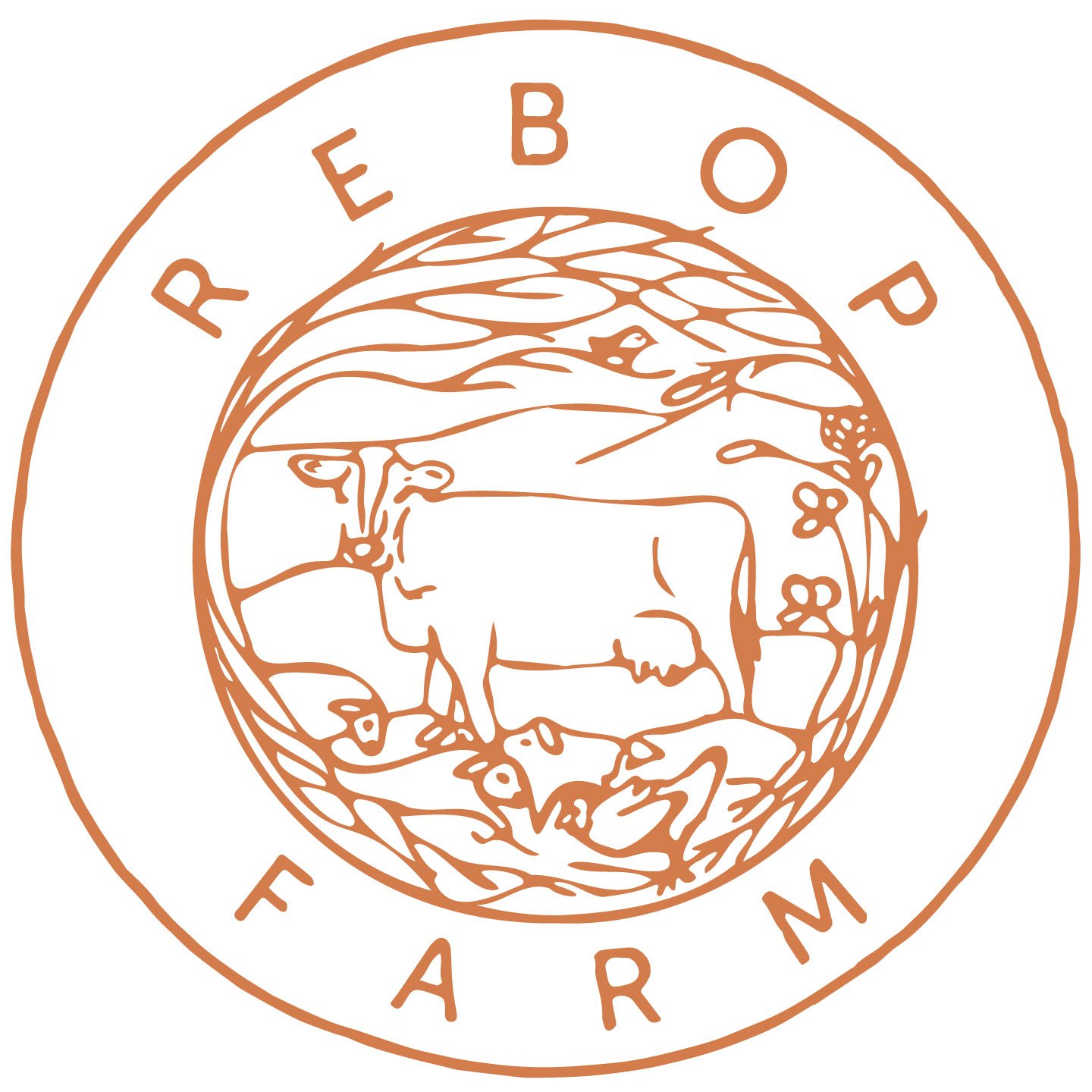“The soil is the great connector of lives, the source and destination of all. It is the healer and restorer and resurrector, by which disease passes into health, age into youth, death into life. Without proper care for it we can have no community, because without proper care for it we can have no life.”
—Wendell Berry, The Unsettling of America: Culture and Agriculture
What is healthy agricultural soil? Healthy soils are well structured, full of life, and high in organic matter; healthy soil is balanced to provide an environment that sustains and nourishes plants, soil microbes and beneficial insects. (USDA NRCS)
Why is developing healthy agricultural soil important? Healthy soil:
Supports sustainable crop growth (in this case, diverse pasture to grow high quality milk and meat).
Improves the soil’s ability to be resilient and foster growth despite adverse conditions like drought, heavy rain events.
Holds nutrients to reduce and prevent agricultural pollution, and to sequester carbon.
How do we measure the health of a soil? By assessing measurable soil properties as health indicators: soil organic matter, cation exchange capacity, percent base saturation, and soil pH are measurable indicators we use on our farm to assess how well we’re doing at maintaining and improving the health of the soil, as well as observation of biological activity.
What management practices creates healthy soil?
Disturb the soil as little as possible
Grow as many different species of plants as practical
Keep living plants in the soil as much as possible
Keep the soil covered year-round
How we get there:
Managing the soil as the foundation of the system
Test your soil! pay attention to tests results and recommendations, guide management based on specific result-oriented goals; here specifically of achieving pH, raising SOM, CEC and PBS.
Sheep and cows: intensive rotational grazing
“Well-managed rotational grazing means that you evaluate the nutritional and forage needs of your animals, assess forage quality and quantity, regulate the acreage of access and control which parts of the pasture that the animals have access to. A well managed controlled grazing program can increase quality forage production by 30-70% each year. Plants that are over-grazed or less healthy from being grazed every few days have smaller root mass, which leads to less soil organic matter.” (Wellscroft).
We measure pasture growth, and use calculations to budget for the entire season to make sure we have adequate forage while resting pasture enough to develop robust root systems.
Poultry tractors- diverse animal populations, and manure composition, to cultivate and feed diverse soil microbes
Stocking rate and conservative pasture budget
Mechanical motion of tractors useful in newly established pasture
Especially helpful in dealing with weeds in pasture (most species you want are resilient to grazing, many invasives are not)
Cover cropping with annuals in perennial pasture
Frost, fall and general re-seeding,
Annual plants that have been successful here- oats, crimson clover, buckwheat, tillage radish.
What about the pigs??
Quick definitions:
CEC: cation exchange capacity is a measure of the soil’s ability to hold positively charged ions. It influences the soil’s ability to hold onto essential nutrients and provides a buffer against soil acidification.Soils with a higher clay fraction tend to have a higher CEC.
Organic matter has a very high CEC.
PBS: Percent base saturation is the percentage of the soil exchange sites (CEC) occupied by basic cations, such as potassium (K), magnesium (Mg), calcium (Ca), and sodium (Na). The base saturation are calculated for each cation then added up to determine total base saturation.
pH: is defined as the negative log of the hydrogen ion concentration in a solution. The range of pH extends from 0 to 14. A pH value of 7 is neutral;. values lower than 7 are acidic; values greater than 7 are basic or alkaline. Because the pH scale is logarithmic, each full point move on the pH scale represents 10X more H+. So, a pH of 5 is 100 times more acidic than a pH of 7.
Helpful Resources
Grazing management
The Art and Science of Grazing, Sarah Flack
UVM Extension, grazing basics http://www.uvm.edu/newfarmer/grazingbasics.pdf
UVM Extension, guide to rotational grazing http://pss.uvm.edu/pdpforage/Materials/PastureMgt/A3529_Pastures_For_Profit.PDF
Pasture calculations http://pastureproject.org/pasture-management/a-little-grazing-math/
Ruminant nutrition https://attra.ncat.org/attra-pub/download.php?id=201
Wellscroft https://www.premier1supplies.com/sheep-guide/2012/07/a-look-at-the-advantages-of-rotational-grazing/
Soil Science
NRCS Soil Quality Indicators https://www.nrcs.usda.gov/wps/portal/nrcs/detail/soils/health/assessment/?cid=stelprdb1237387
NRCS guide to soil health https://www.nrcs.usda.gov/wps/portal/nrcs/main/vt/soils/health/
‘What Is Soil Health?’ SARE Interactive tool https://www.sare.org/Learning-Center/What-is-Soil-Health
How to take a soil sample http://pss.uvm.edu/ag_testing/How_to_Take_a_Soil_Sample.pdf
Interpreting your soil tests https://ag.umass.edu/soil-plant-nutrient-testing-laboratory/fact-sheets/interpreting-your-soil-test-results
UGA Extension publication on CEC and PBS https://secure.caes.uga.edu/extension/publications/files/pdf/C%201040_2.PDF
Cornell’s take on the same: http://nmsp.cals.cornell.edu/publications/factsheets/factsheet22.pdf
Poultry
Presentation on different methods of pasturing poultry https://extension.oregonstate.edu/sites/default/files/documents/1/pasturedpoultry101.pdf
General Pasture Management
VT Pasture Network https://www.uvm.edu/extension/sustainableagriculture/vermont-pasture-network
On Pasture (good winter reading!) https://onpasture.com

